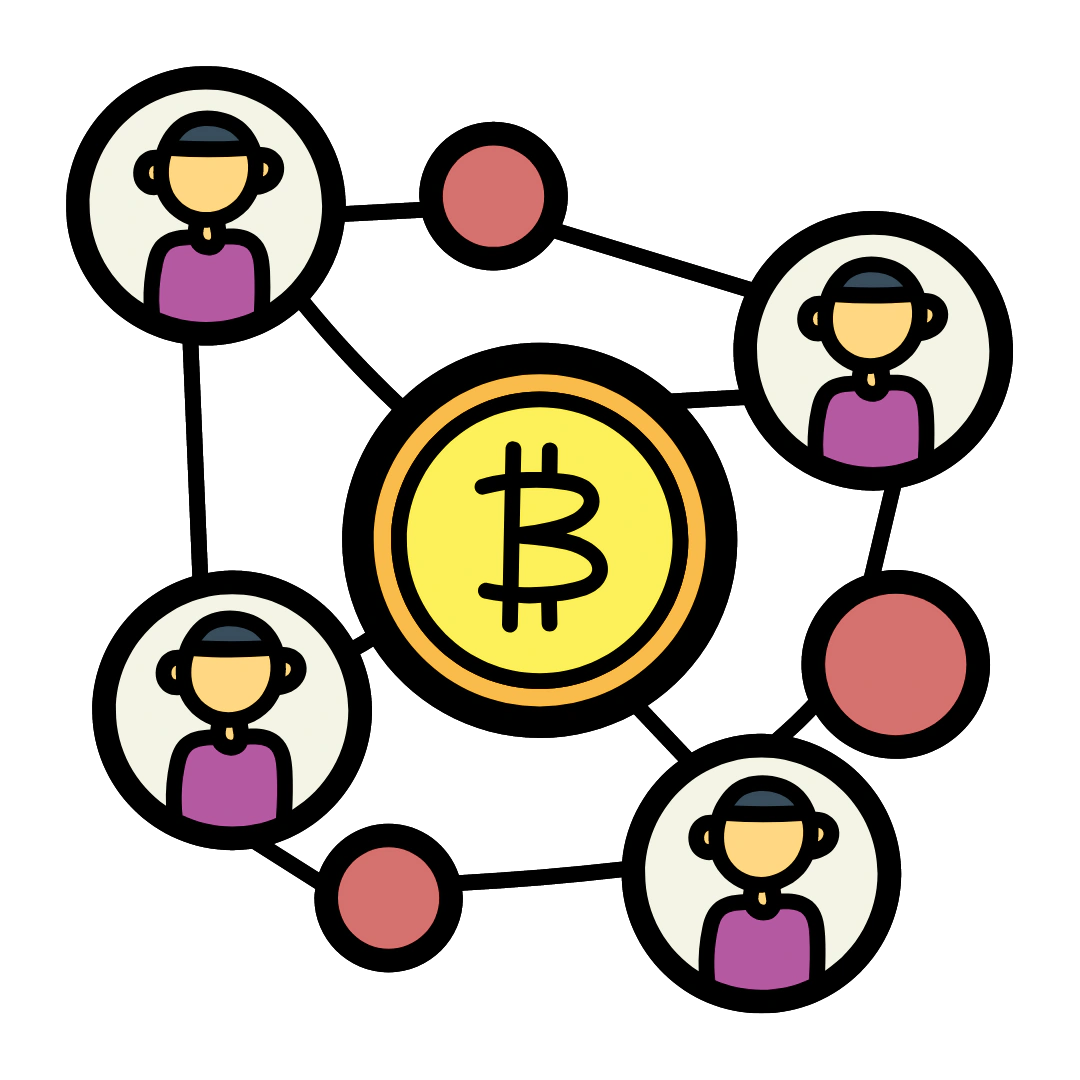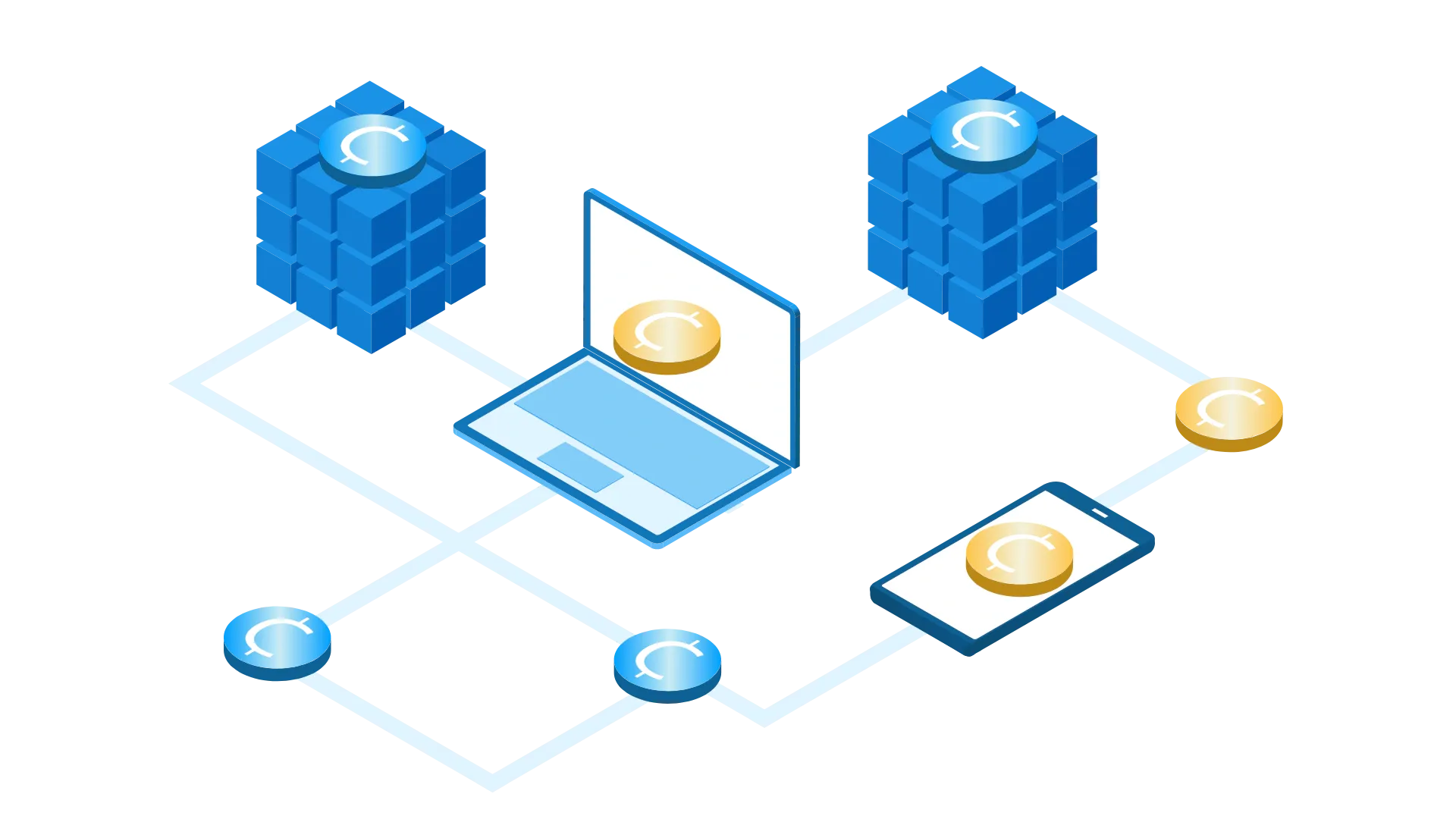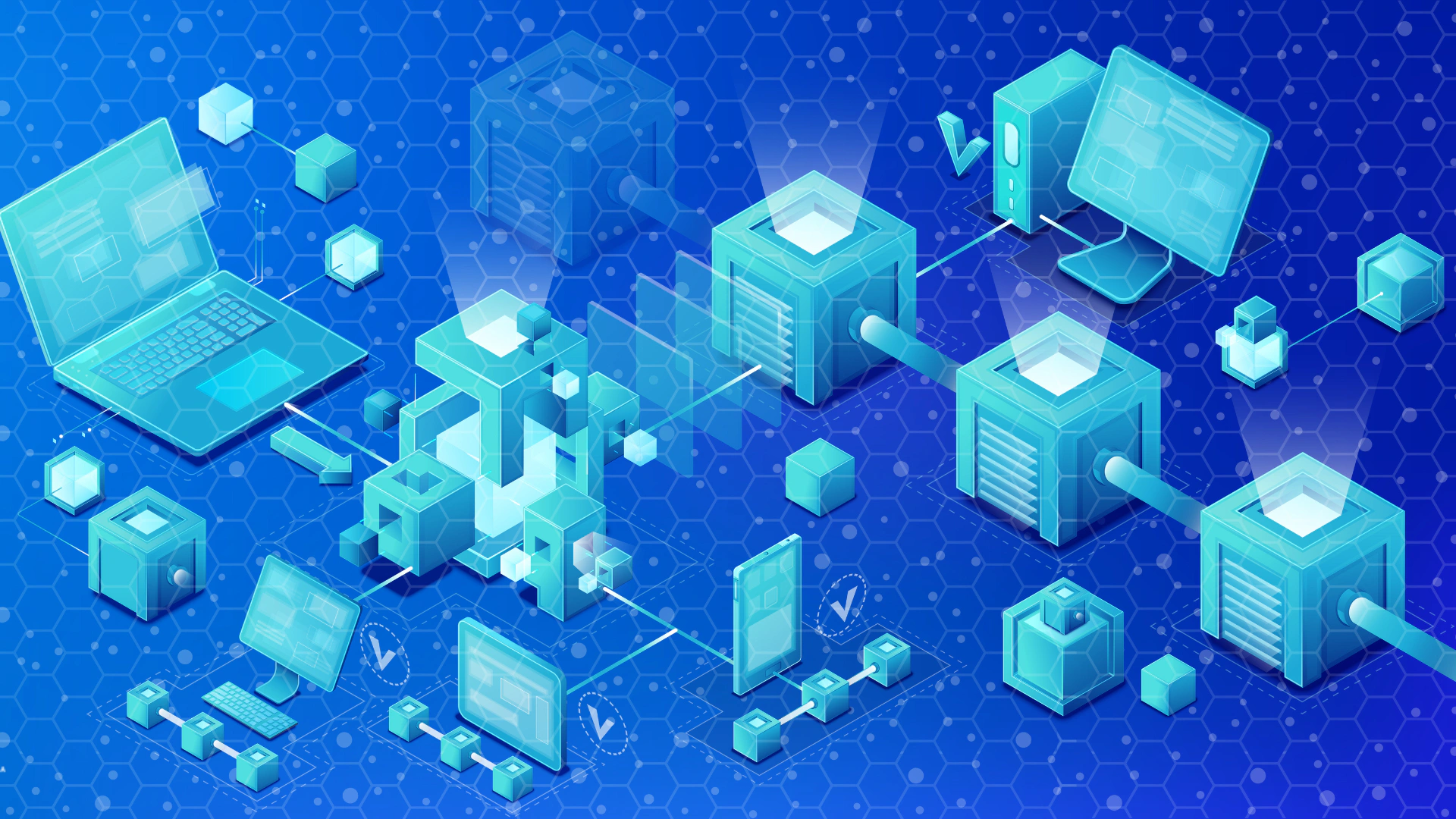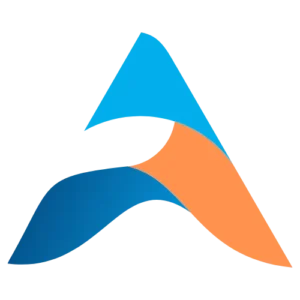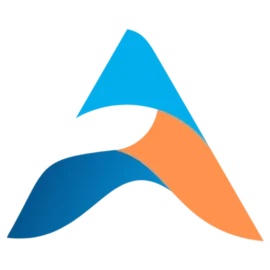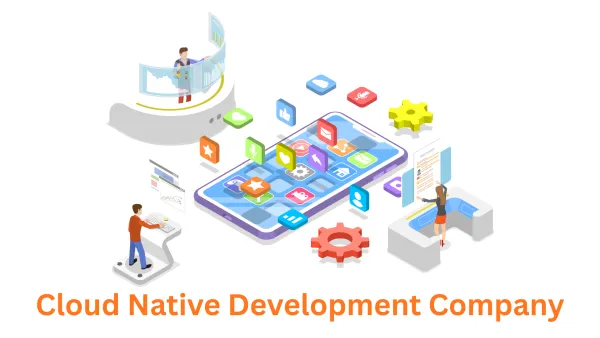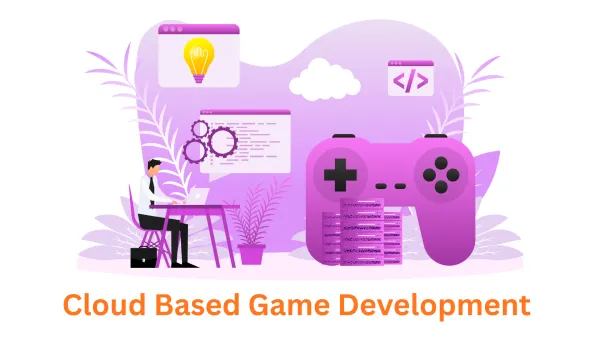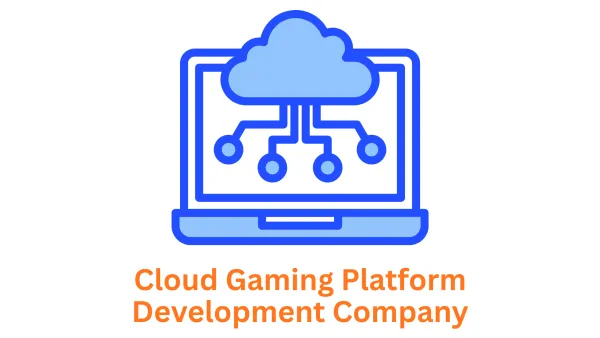Build Your Own Blockchain: A Step-by-Step Guide for Beginners
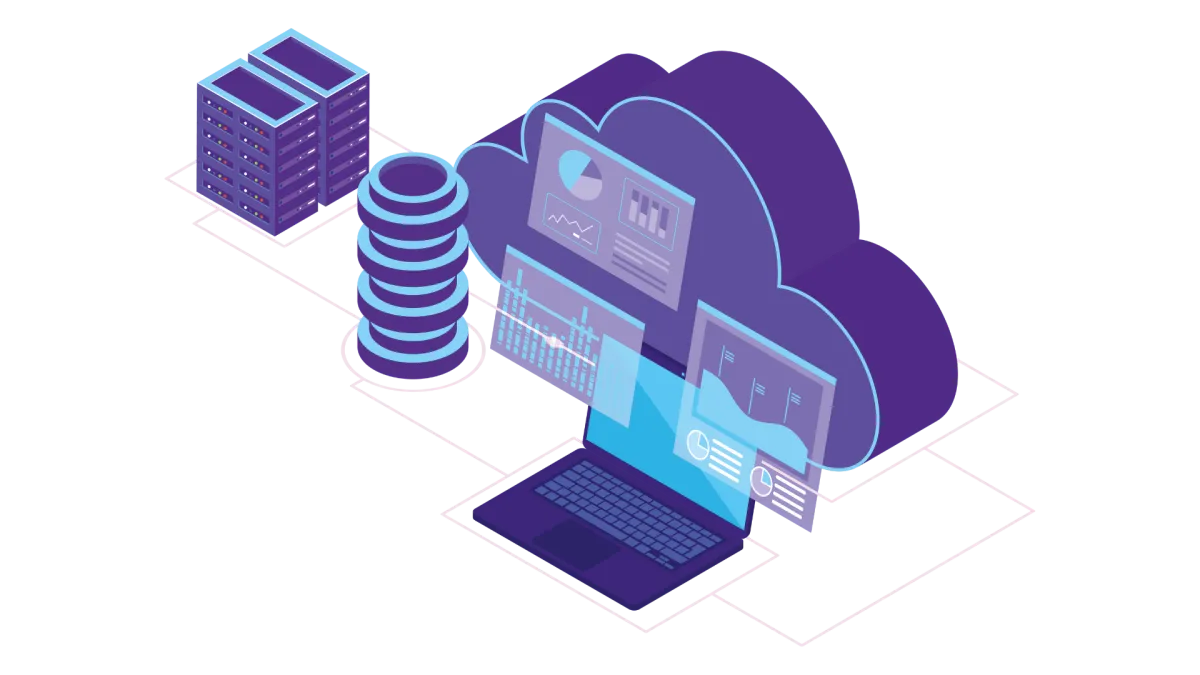
Blockchain technology, famous for powering cryptocurrencies like Bitcoin, is revolutionizing how we manage data and transactions. But it's not just for financial applications. From supply chain management to secure voting systems, the potential of blockchain is vast.
If you've ever wanted to explore this cutting-edge technology by building your own blockchain software, this guide is for you. We'll walk you through the fundamental steps and concepts involved, making it accessible even if you're new to the field.
Why Build Your Own Blockchain?
Creating your blockchain software has several benefits:
- Customization: Tailor it to your specific needs and use cases.
- Control: You have full ownership and authority over your data.
- Learning: Gain deep insights into blockchain technology.
- Innovation: Experiment with new ideas and potential applications.
Steps to Building Your Blockchain
- Define Your Purpose: What problem are you solving? What kind of data will your blockchain store and manage?
- Choose Your Blockchain Type:
- Public: Open to anyone (like Bitcoin).
- Private: Controlled by a specific organization or group.
- Consortium: Hybrid model with controlled access by a selected group.
- Select Your Consensus Mechanism:
- Proof of Work (PoW): Energy-intensive, used by Bitcoin.
- Proof of Stake (PoS): More energy-efficient, gaining popularity.
- Other: Delegated Proof of Stake (DPoS), Practical Byzantine Fault Tolerance (pBFT), etc.
- Design the Block Structure: Decide on the format for your blocks, including what data they will contain (transactions, timestamps, etc.).
- Implement Cryptography: Secure your blockchain with cryptographic techniques (hashing, digital signatures) to ensure data integrity and authenticity.
- Develop the P2P Network: Build the peer-to-peer network infrastructure that allows nodes to communicate and validate transactions.
- Create the API (Optional): If you want other applications to interact with your blockchain, develop a well-documented API.
Technical Considerations
- Programming Language: Choose a suitable language like C++, Python, or Go.
- Data Storage: Consider using a database or distributed file system.
- Networking: Ensure secure and efficient communication between nodes.
Need Expert Help?
Building a blockchain from scratch can be a challenging undertaking. If you're looking for a professional team to bring your blockchain project to life, consider Associative.
As a leading blockchain software development company, Associative has the expertise to guide you through the entire development process, ensuring a robust, secure, and scalable blockchain solution tailored to your needs.
Conclusion
Building your blockchain software is an exciting endeavor that opens up a world of possibilities. Whether you're exploring this for personal learning or tackling a real-world problem, this guide provides the essential starting point. And remember, if you need expert assistance, Associative is here to help you create a successful blockchain implementation.
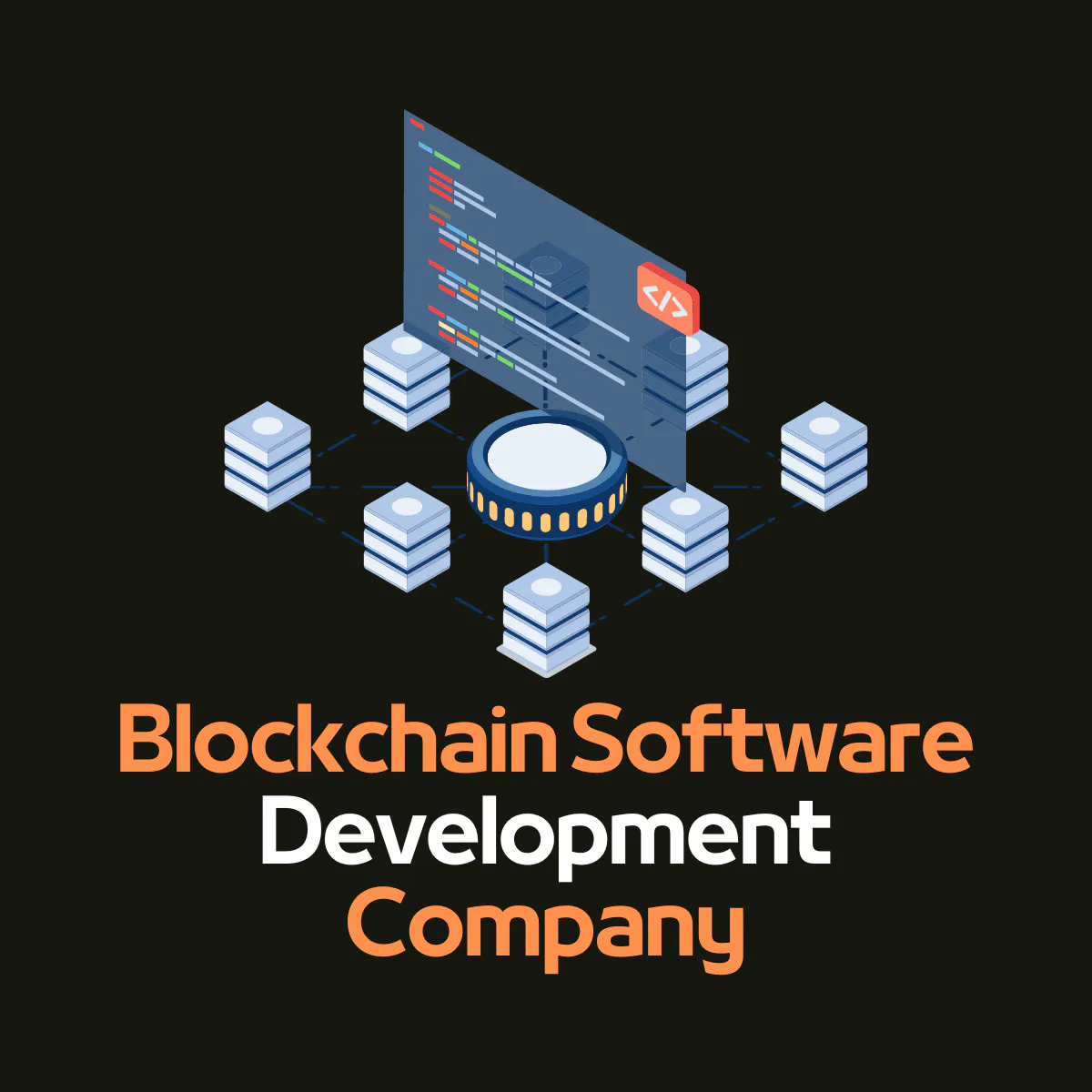
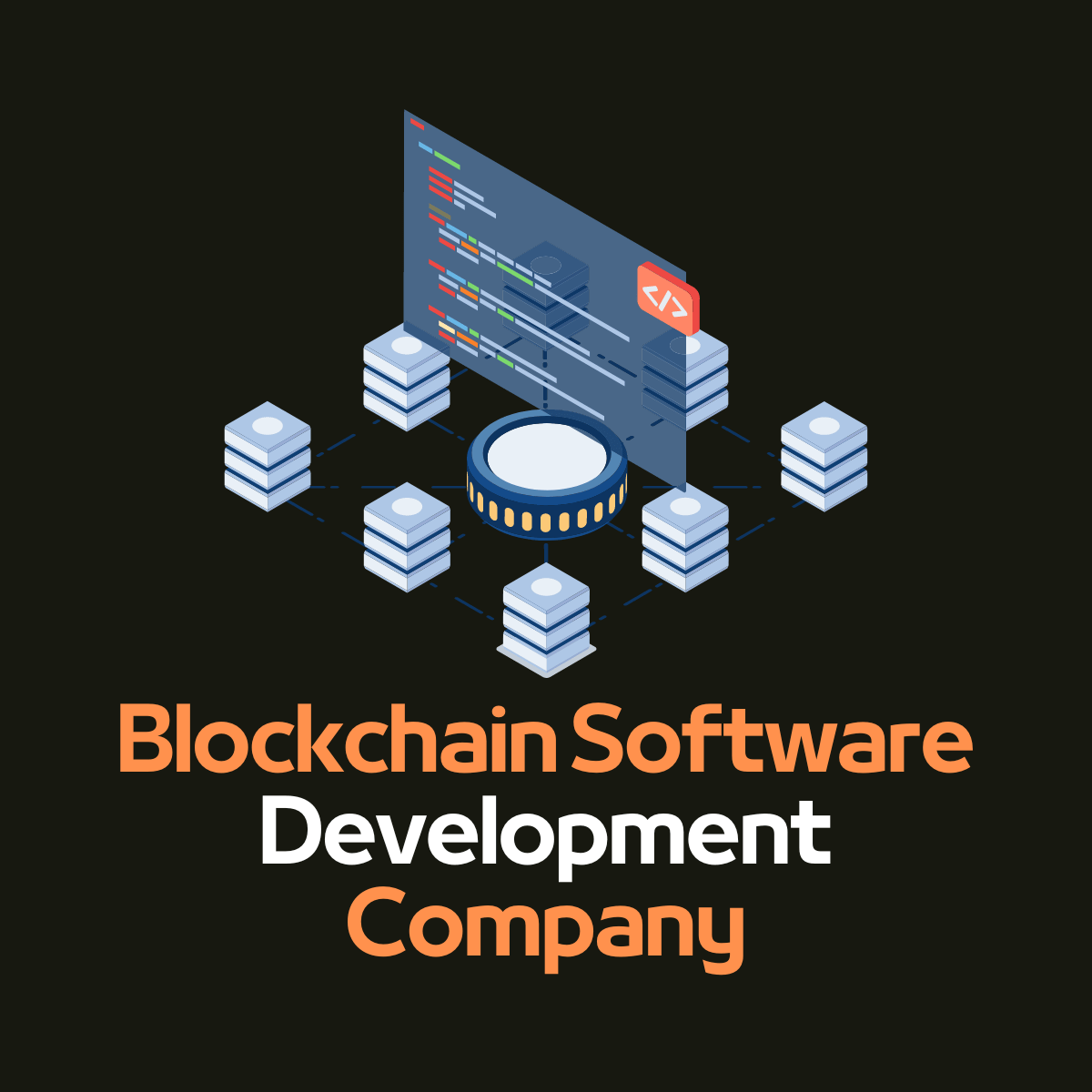
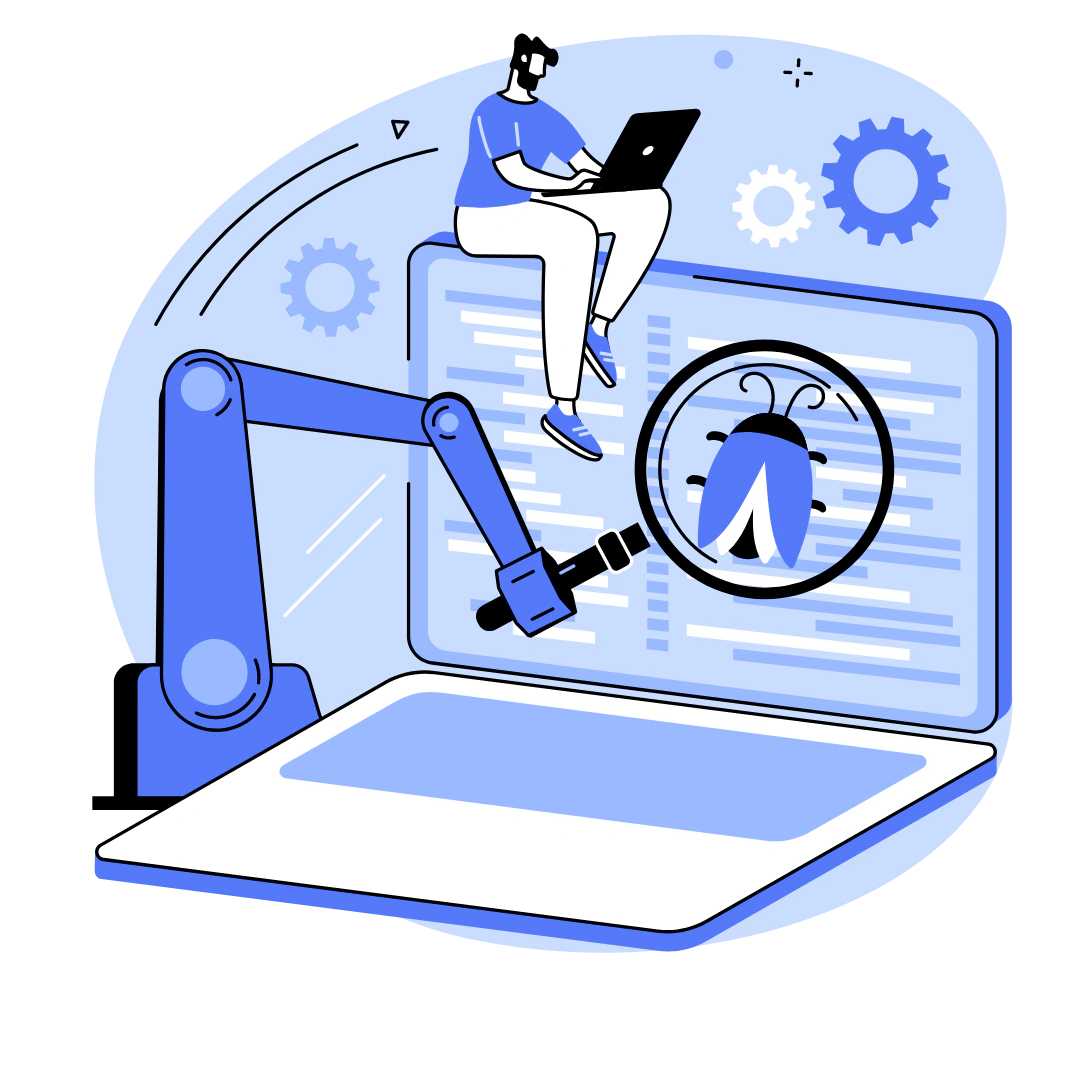
To learn more, consider reading other articles, blogs, and stories in this area.
